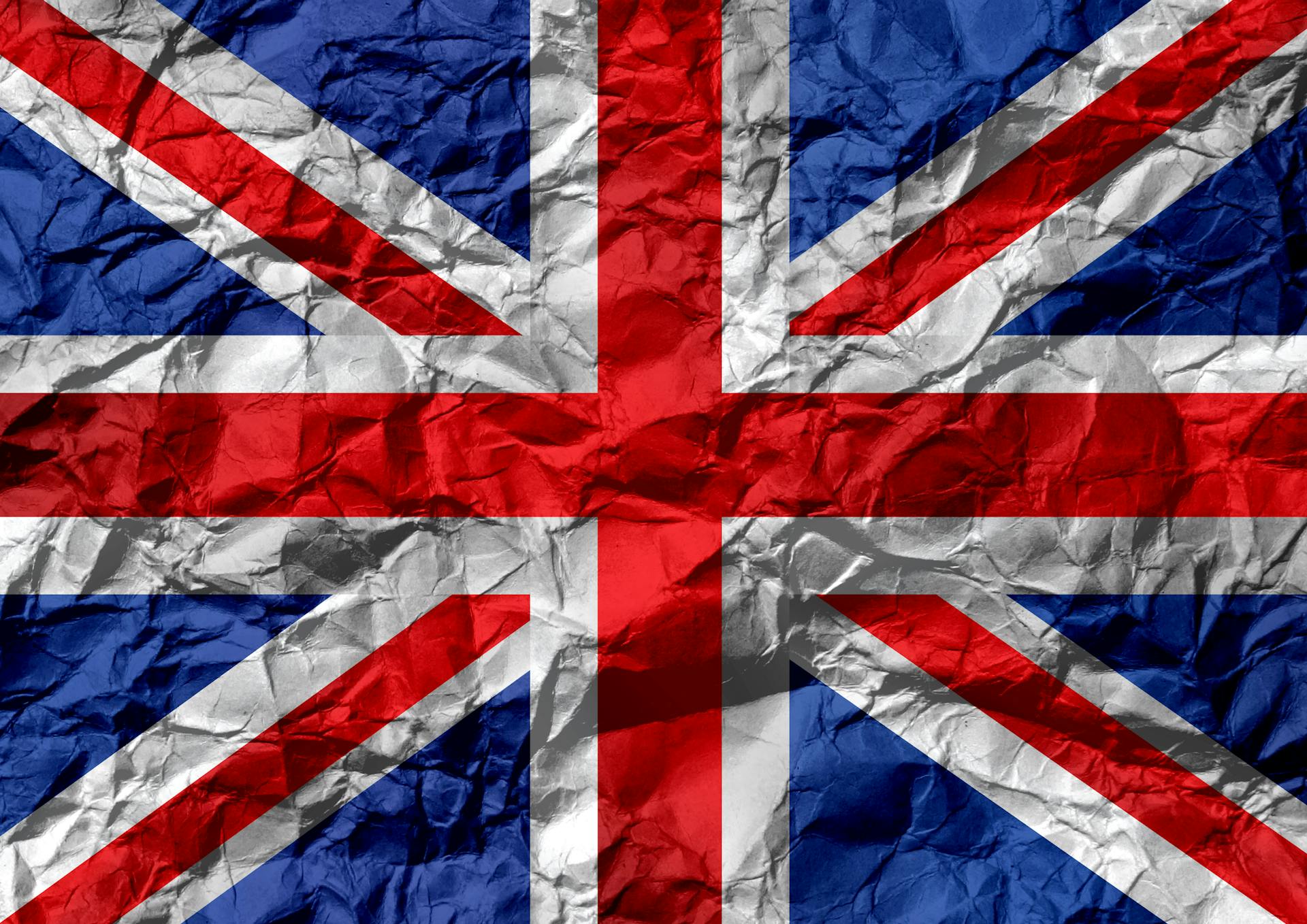
Economic contraction—the decline of a nation's economic output—is an important economic indicator that affects individuals and businesses on both a local and global scale. Gross Domestic Product (GDP) is the most commonly used measure to determine the size of an economy, and when it falls significantly over two consecutive quarters, economists consider it an economic contraction.
Understanding why and how economic contractions happen can help us prepare for when they do, as well as make informed decisions regarding our own finances. When a country enters a period of economic contraction, there can be wide-reaching effects on its citizens' ability to find and keep employment, their ability to invest in the stock market or even buy homes, as well as overall consumer confidence.
The effects of an economic contraction can be felt across all industries, from manufacturing to retail to services; even government agencies can suffer cuts during times of economic decline. By understanding what causes economic contractions, we can better protect ourselves should one occur. In this article we'll explore what exactly an economic contraction is and why it matters.
On a similar theme: Why Are Insurance Contracts Said to Be Contracts of Adhesion
Unveiling an Economic Contraction: What Does It Mean?

The recent economic contraction has caused a great deal of uncertainty in the global economy. According to the National Bureau of Economic Research, a major economic contraction is officially underway, with domestic output and individual income production decreasing in recent months due to this downturn. The COVID-19 pandemic and subsequent government-mandated shutdowns have caused business sales to decline, resulting in an increase in unemployment rates and other economic losses.
The Business Cycle Dating Committee of the National Bureau of Economic Research has determined that the current economic recession is indeed a major economic contraction. This means that GDP decreases are likely to continue for a period of time, meaning that businesses and individuals can expect to experience further financial difficulty until the economy recovers. As such, it is important for individuals and businesses alike to be aware of how this economic contraction could affect their respective finances and plan accordingly.
Surmounting the Great Recession

The Great Recession was an economic contraction that began in December 2007 and lasted until June 2009. It was caused by a multitude of factors, chief among them being a savings glut and a bursting housing market bubble. The devastating social consequences of the recession were felt by governments around the world as millions of people lost their jobs and standard of living. In response, the US government initiated several measures to resuscitate its economy.
In 2008, Congress passed the Economic Stimulus Act which pumped billions of dollars into the economy in order to stimulate consumer spending. Additionally, the American Recovery and Reinvestment Act was passed to provide funds for state government projects and essential services. The Federal Reserve also reduced the federal funds rate, making it cheaper for banks to lend reserves and provide more credit to consumers. These measures are said to have prevented the Great Recession from becoming a second Great Depression.
Unorthodox measures were also taken by central banks around the world in order to create money supply and inject liquidity into the economy when credit had dried up. The Federal Reserve used two strategies- open market operations and lender-of-last resort facilities - in order for commercial banks and depository institutions to create money so that they could offer loans, increase investments, and protect employment during times of economic contraction.
You might like: Credit Union Definition Economics
Dreadful Descent: Exploring the Great Depression
The Great Depression, which began in August 1929 and ended in March 1933, was one of the most devastating economic contractions ever experienced worldwide. Economic contractions tend to have far-reaching social effects as well, and the Great Depression was no exception. People who had previously been employed found themselves unable to even afford the basic necessities; according to a 2004 speech by Ben Bernanke, then Chairman of the Federal Reserve Board, the major economic contraction resulted in the United States falling into a state of deep depression. The unemployment rate rose from 3 percent to 25 percent and economic contractions continued until 1933.
The Federal Reserve System has played an important role in preventing economic depressions since its inception in 1913. The Federal Reserve Bank of San Francisco reports that when one person loses their job due to an economic contraction, it can lead to other people losing their jobs as well. This causes a domino effect of more widespread job losses and further decreases consumer spending. As a result, businesses suffer and this leads to more widespread job losses and further decreases consumer spending.
In order to prevent future economic depressions such as those experienced during the Great Depression, it is necessary for governments around the world to understand how economic contractions happen and how they can be avoided or reduced with careful planning. The Federal Reserve System can also play a part in this process by instituting policies that help limit the effects of economic contractions on individuals and businesses across the country.
Uncovering the Mechanics of an Economic Contraction

Economic contraction is a period when the stock market, businesses, and consumer spending all slow down. This can be caused by a well-publicized event, such as a crash in the market that triggers investors to sell stocks sending prices downward. Interest rates also decrease which reduces capital spending and financing for large corporations. In turn, this leads businesses to cut spending and lay off employees, resulting in business losses and an economic downturn.
During an economic contraction, prices fall which can lead to renewed demand due to central bank monetary policy or government fiscal policy that lower interest rates and increases the money supply. Nations may also have strategies to help with unemployment solutions during these times. Ultimately the contraction ends when demand returns due to these government policies and business cycle recovery begins.
Understanding how economic contractions work is key for nations to develop strategies for stabilization during times of recession. Governments must actively use fiscal policies such as reducing interest rates and increasing money supply in order to attract renewed demand for goods and services which will help economies get back on track.
Frequently Asked Questions
What is the boost phase of the economic boom?
The boost phase of the economic boom is the period of time when a rapid increase in economic activity occurs, typically leading to increased consumption, investment, and production. It's an exciting period that can bring about significant growth and prosperity!
What is the contraction phase of the business cycle?
The contraction phase of the business cycle is a period of economic decline, typically followed by a recovery. It can involve falling production, increased unemployment, and decreased consumer spending. Learn more about how it affects businesses and the economy.
What is the boom and bust cycle?
The boom and bust cycle is a phenomenon in economics where periods of economic growth (boom) are followed by periods of decline (bust). It's an important part of understanding how the economy works, and why certain economic policies can be beneficial.
Is the economy in a boom or Bust?
It depends: the economy is currently in a period of growth, but some areas are experiencing a bust. Read more to learn how different sectors of the economy are being impacted.
What is the contraction of the economy?
The contraction of the economy is a decrease in economic activity resulting from reduced spending, investment and production. It can lead to a recession, which is a prolonged period of economic decline. Learn more about how the economy contracts and recovers here.
Featured Images: pexels.com


